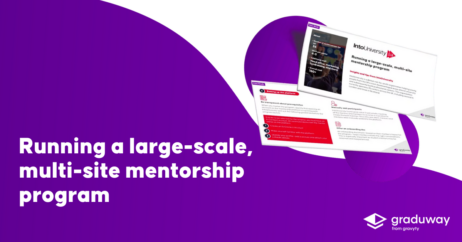

Your force for alumni engagement
Leverage the power of student, alumni and business communities to drive engagement and event participation, enhance mentoring and career development programs and grow your pool of future volunteers and donors using our alumni engagement software.
Let’s talk functionality of our alumni management software
Take your alumni
engagement virtual
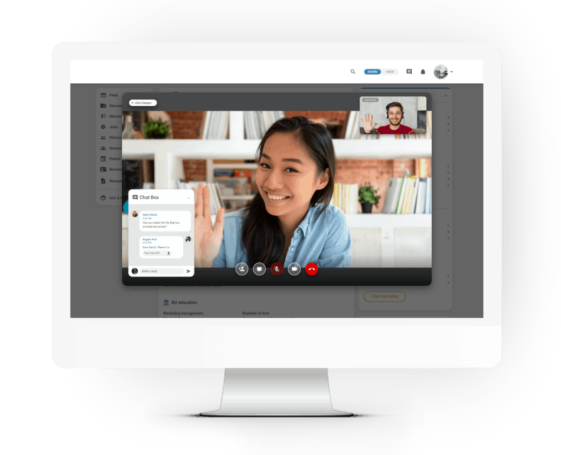
Powerful mentor + career development tools
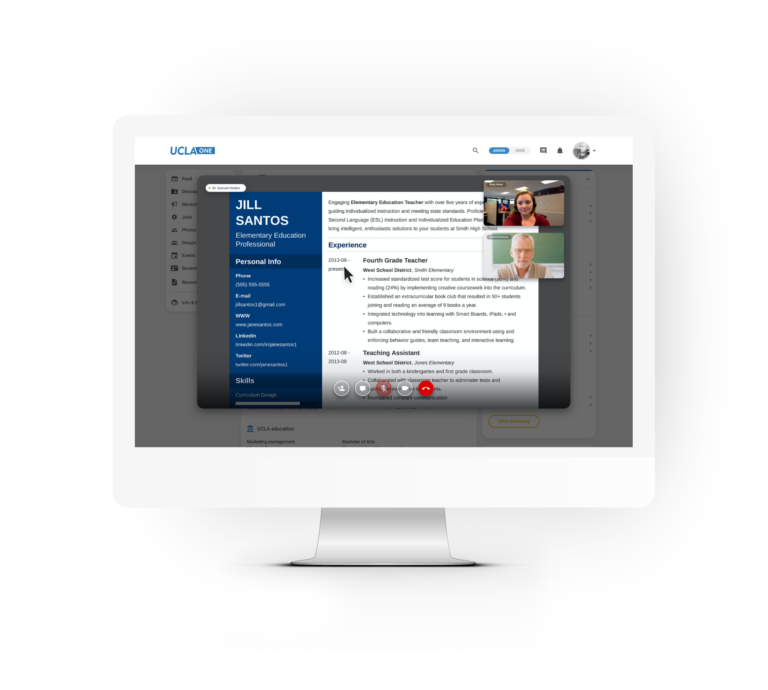
Create, promote, register + pay for events all in one place
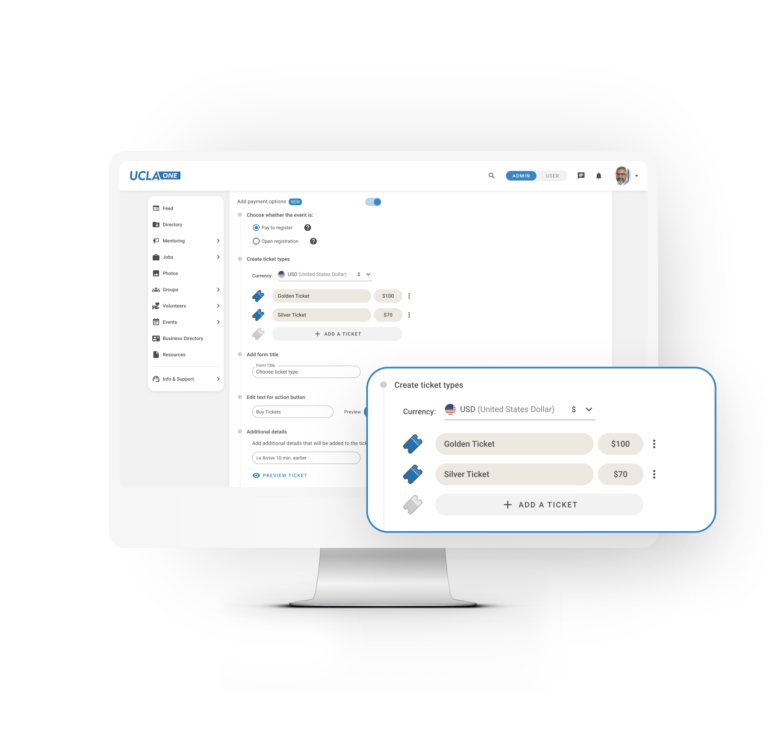
Create a memorable user experience through the power of video
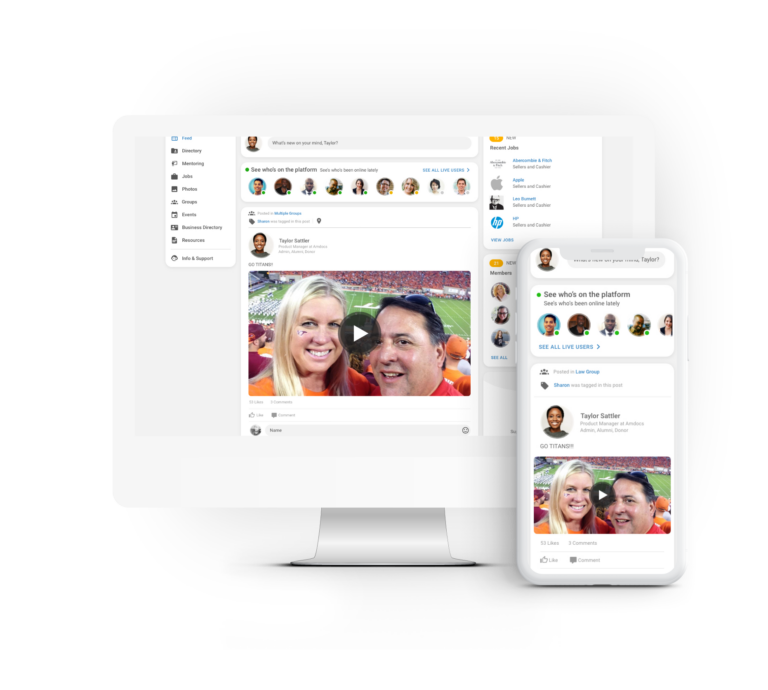
Provide features to support affinity groups + DEI initiatives
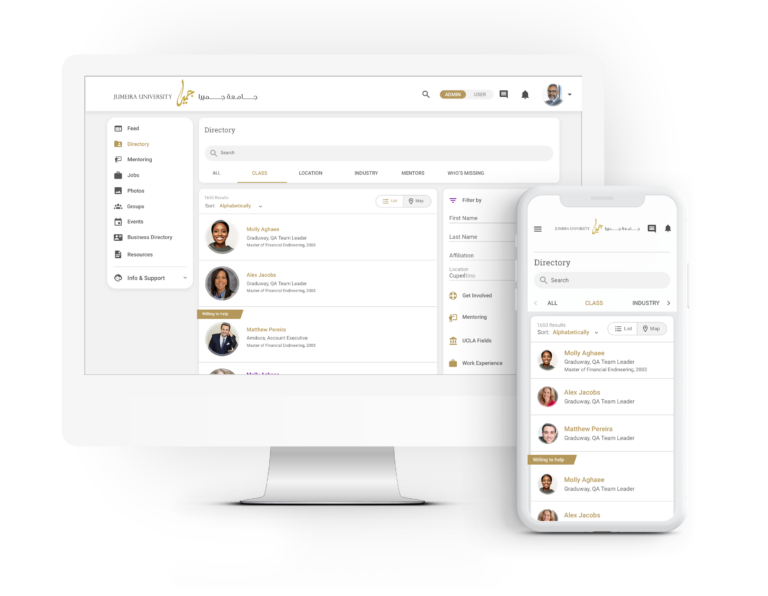
Support community + alumni businesses
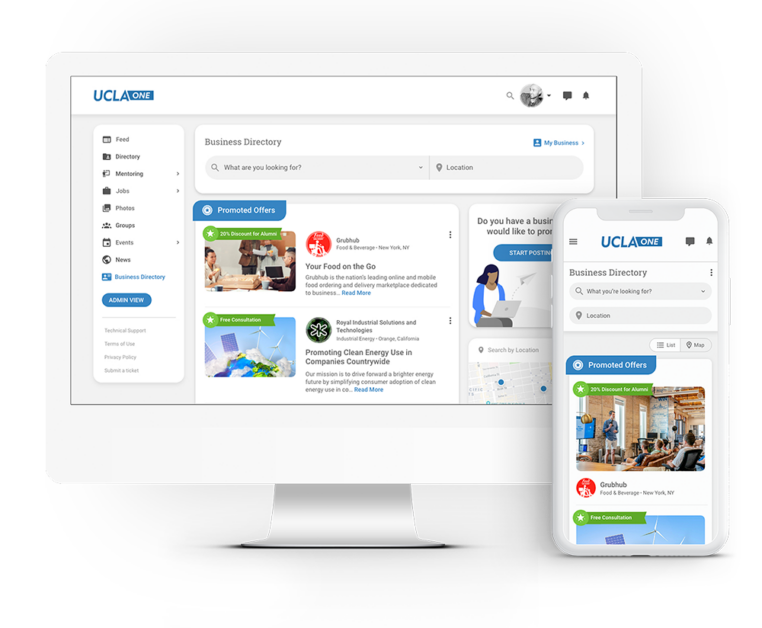

Graduway improves alumni engagement by offering measurability, connectivity + guidance
Graduway empowers meaningful connections through nostalgia, knowledge sharing, mentoring, professional guidance and more, transforming your alumni into a willing network of active brand ambassadors for your school.
Overall, our alumni networking software encompasses the features you need to keep your data organized and your alumni engaged. Benefit from the following when you use our alumni engagement platform:
Learn about our fully customizable alumni management software and how we support you throughout the acquisition process.
We’ve got your back
Working as an extension of your
team is in our DNA
Onboarding, training + tech support
Live and on-demand onboarding sessions and step-by-step instructions set you up for success with engaged tech support that’s available around the clock.
Customer success team
Our dedicated team works with you every step of the way from building your strategy to next-level tactics, all supported with materials full of proven best practices to ensure your success and increase your alumni engagement.
Network with your peers
Get access to the exclusive, virtual Gravyty Leaders Community and attend in-person networking events to learn from our thought leaders and connect with your peers.

Users signed up in the first year (University of Colorado Boulder)
of mentors would recommend a Graduway-powered platform
Number of times more likely engaged constituents are to make a donation
Trusted by the world’s leading institutions + organizations
Why purpose-driven organizations choose Graduway

“Over 50% of alums using the platform are donors. That’s a significantly higher number than our overall donor participation rate.”
James Stofan,
Vice President for Alumni Relations, Tulane University

“UCLA One, through the Graduway platform, has been an absolute game-changer for us in the alumni world in UCLA..”
Julie Sina
Associate Vice Chancellor Alumni Affairs and CFO
The UCLA Foundation and UCLA Investment Company

“Graduway helps me focus all my efforts in one place – getting people to sign up so I can start using the tool to its maximum potential.”
Olivier Imbert,
Associate Director of Alumni Communities, Lycée Français de New York
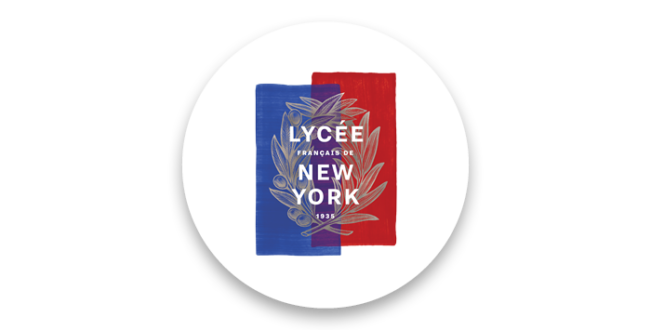

“We have 50,000 alumni around the world, but until we had Graduway, we weren’t able to connect people.”
Sonia De Buglio,
Faculty of Applied Science & Engineering, University of Toronto
Contact us today for a demo of our alumni software
If you’re looking for an effective way to recapture your “lost alumni” or you’re seeking greater organization when managing your alumni network, our alumni software will become your new favorite tool.
Learn more about our alumni engagement platform today by getting in touch with our team!
For more guidance
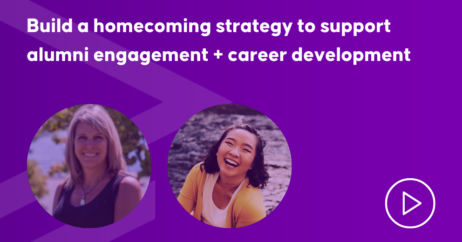
Build a homecoming strategy to support alumni engagement + career development
Join us for a live webinar with the University of Colorado Boulder where we will discuss how their alumni engagement and career services departments work together to provide a holistic approach to student success! Read more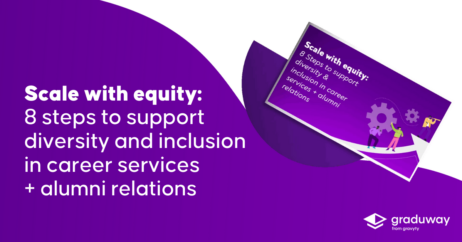
8 steps to support diversity and inclusion in career services + alumni relations
Your force for alumni engagement Leverage the power of student, alumni and business communities to drive engagement and event participation,... Read more